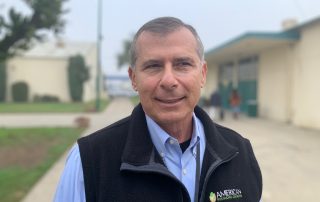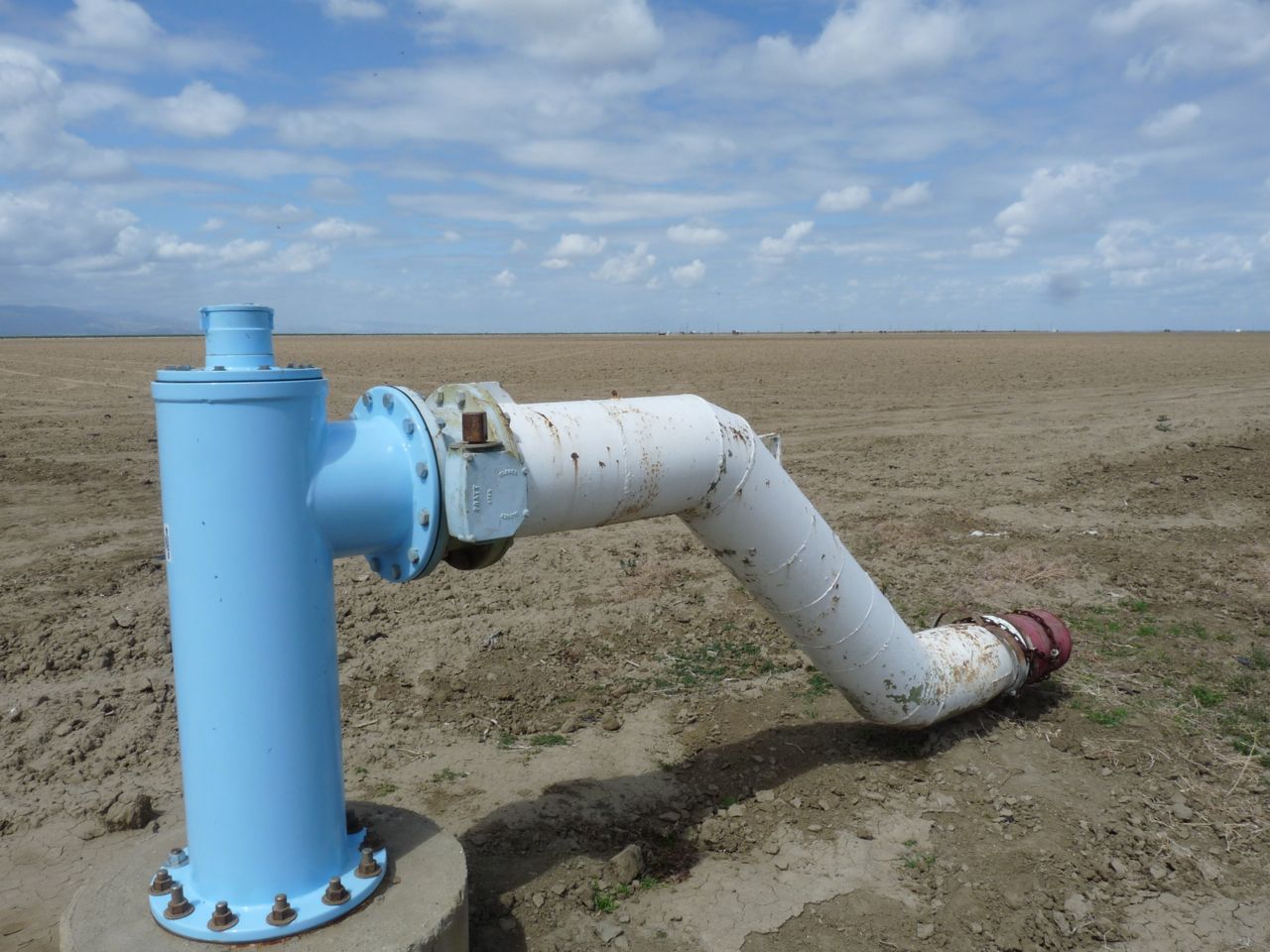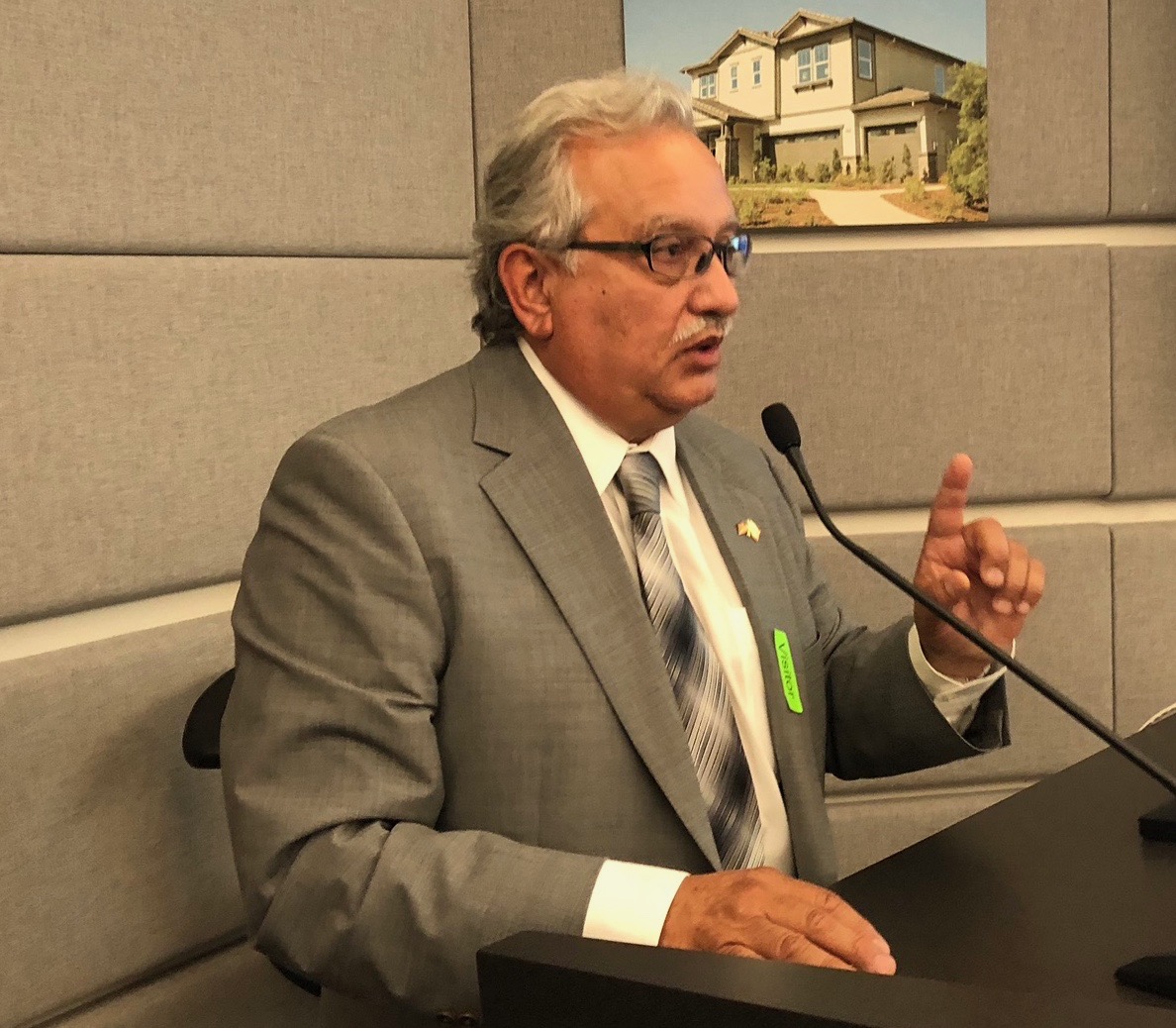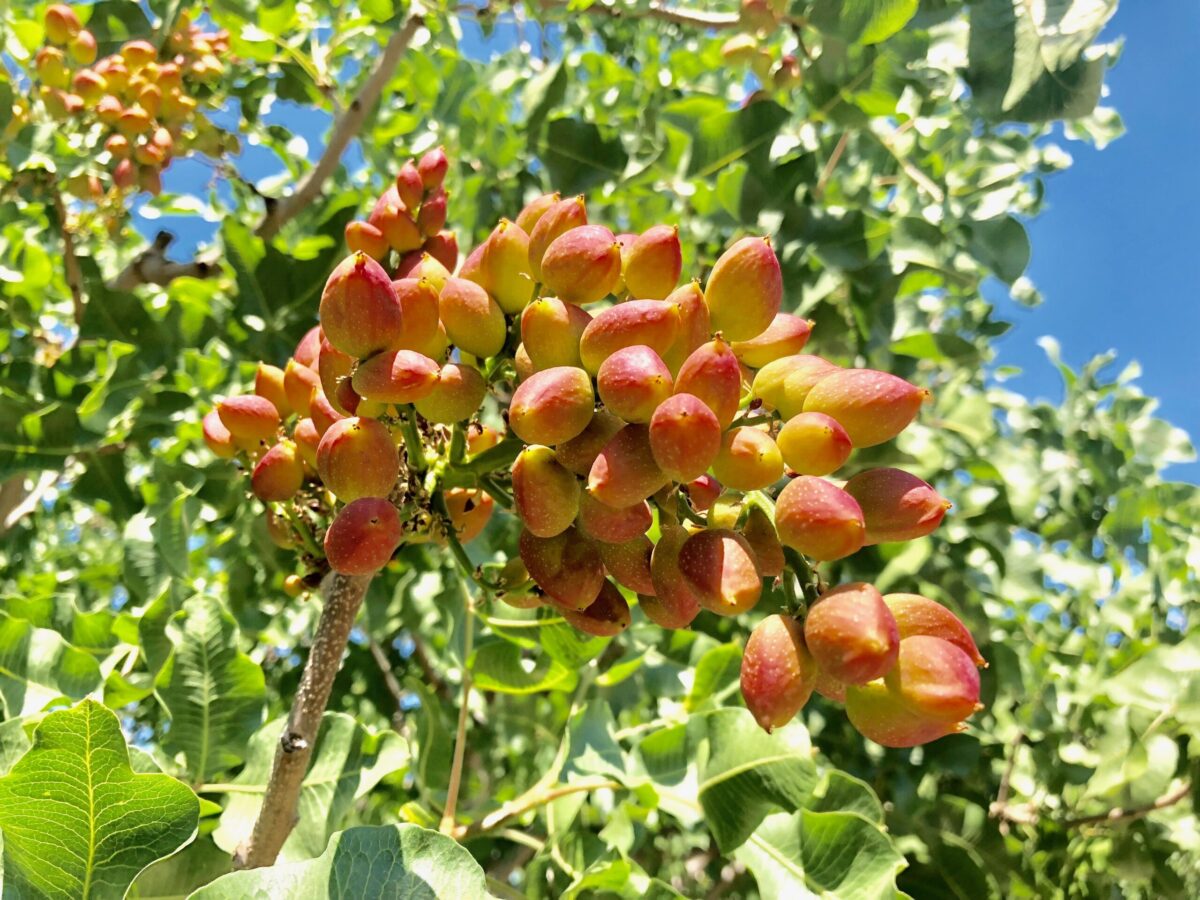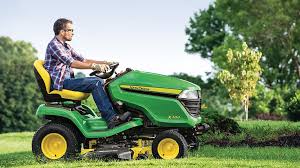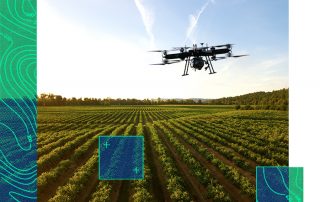Important COVID Prevention at Almond Industry Conference
Almond Industry Conf. Offers Before-You-Go-Tips
Big Event will he at the SAFE Credit Union Convention Center
It’s almost here! The Almond Conference is just around the corner and we are looking forward to gathering in-person with our friends and colleagues in the almond industry. When the Board of Directors made the decision to move forward with an in-person conference at our meeting in June, we knew it would be a challenge given State of California restrictions on large indoor gatherings. We knew there was a risk in moving forward with planning when we could get the rug pulled out from under us at any time, but we felt the benefits of meeting in person outweighed the risks and voted unanimously to move forward.
Now here we less than one week out and we are full speed ahead! More than 3,000 industry members have pre-registered to join us in downtown Sacramento on Dec. 7-9. A record number of exhibitors will be arriving this weekend to set up for the largest trade show The Almond Conference has ever assembled. And staff have put together a tremendous lineup of educational sessions, keynote speakers and world-class entertainment!
In order to meet in person we must meet the State requirements for “mega events” (more than 1,000 people indoors). This includes requiring attendees to provide proof of vaccination or a negative COVID test taken within 72 hours of arriving in Sacramento. This is a State of California requirement, not an Almond Conference policy (these are the same restrictions that are in place to attend a Kings game at the Golden One Center). We understand this is an inconvenience and have tried to make it as easy as possible to provide this information so we can hold the event in person. See below for more information.
Also, at this time, the County of Sacramento requires masks be worn indoors in public spaces, including the Convention Center. Sacramento County’s Public Health Department will end their indoor mask requirement if the count reaches 5 or fewer cases per 100,000. We’re watching the numbers closely and currently Sacramento is on a downward trend at around 10 cases per 100,000. We are hoping the downward trend continues as we know many of you would prefer not to wear masks in the facility. We will update you if the County lifts the requirement. If not, you will need a mask to enter the Convention Center.
We appreciate everyone’s understanding and assistance as we navigate the various State and Local requirements to hold The Almond Conference in person. We hope you’ll agree that the opportunity to meet in person is worth it! Thank you for your patience and we’re looking forward to seeing you next week in Sacramento.


